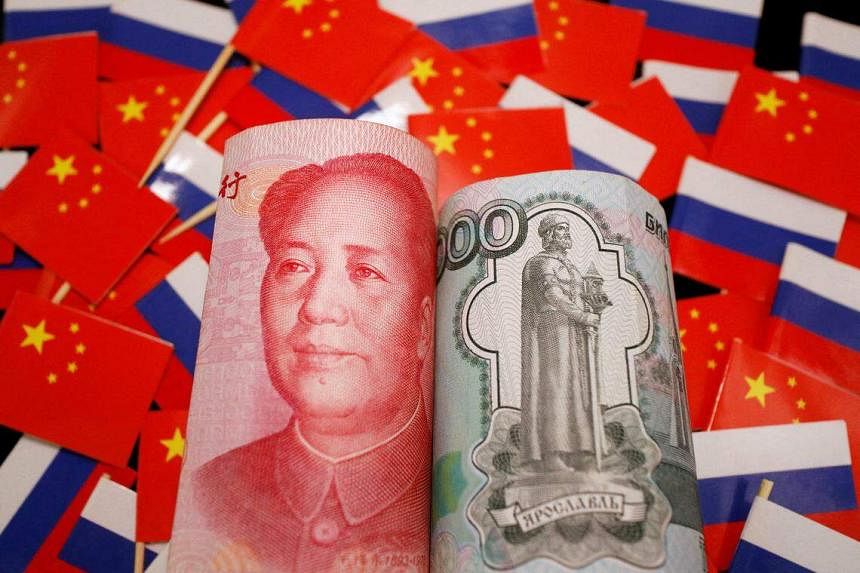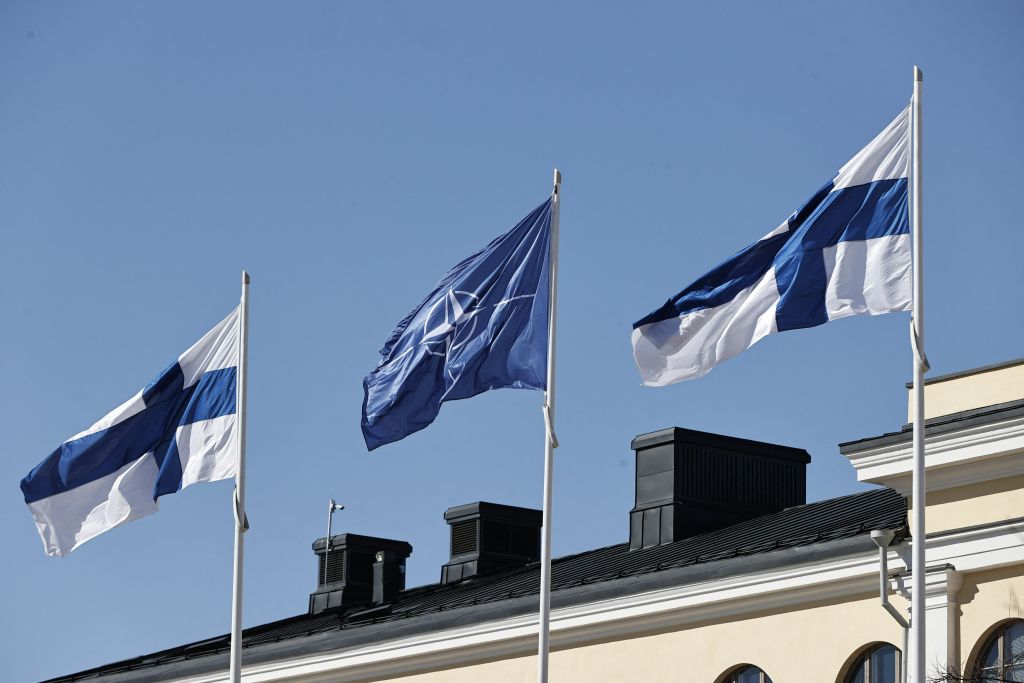A year after a number of Western sanctions on Moscow were imposed as a result of the invasion of Ukraine, the Chinese yuan has displaced the US dollar as the most traded currency in Russia.
According to data compiled by Bloomberg based on daily transaction records from the Moscow Exchange, the renminbi overtook the dollar in monthly trading volume for the first time in February, and the distinction got more evident in March.
The amount of renminbi traded on the Russian market was insignificant before to the invasion.
The change was made after fresh restrictions in 2023 had an impact on the few Russian banks that still had access to cross-border transfers in US dollars and other currencies of nations the Kremlin considered to be “unfriendly.”
One institution that came under intense criticism from European and American authorities was Raiffeisen Bank International, whose Russian branch is still one of the key channels for international payments in the nation.
Since the February 2022 invasion caused a rift in relations with the West, Russia has strengthened ties with China. Chinese President Xi Jinping offered the Kremlin increased cooperation in trade, investment, supply chains, mega projects, and energy on his first foreign trip after his reelection in March.
The Kremlin and Russian businesses have been obliged to convert their international trade operations from the dollar and euro.
To currencies of nations that have refused to abide by any sanctions as a result of broad sanctions aimed at Russia’s financial system.
The Russian Finance Ministry established a new structure for the national wealth fund to hold 60% of its assets in renminbi and switched its market activities away from the dollar earlier in 2023.
The Bank of Russia frequently urges businesses and individuals to transfer their assets into the rouble or other “friendly” currencies to reduce the likelihood that they would be frozen or blocked.
Although the renminbi has been more widely used in Russia, Beijing’s efforts to promote the use of the currency abroad continue to be hampered by China’s capital account restrictions and geopolitical investment worries.
According to data from the International Monetary Fund, the renminbi’s share of the world’s foreign exchange reserves fell to roughly 2.7% of the total by the end of 2022 from its peak of 2.9% in the first quarter.
















